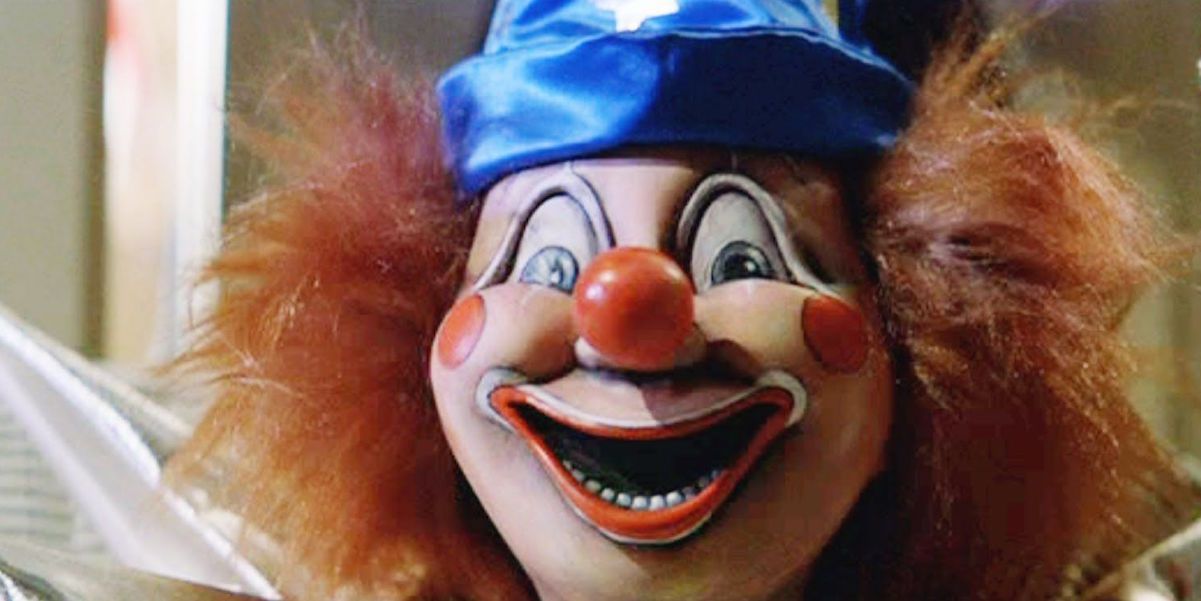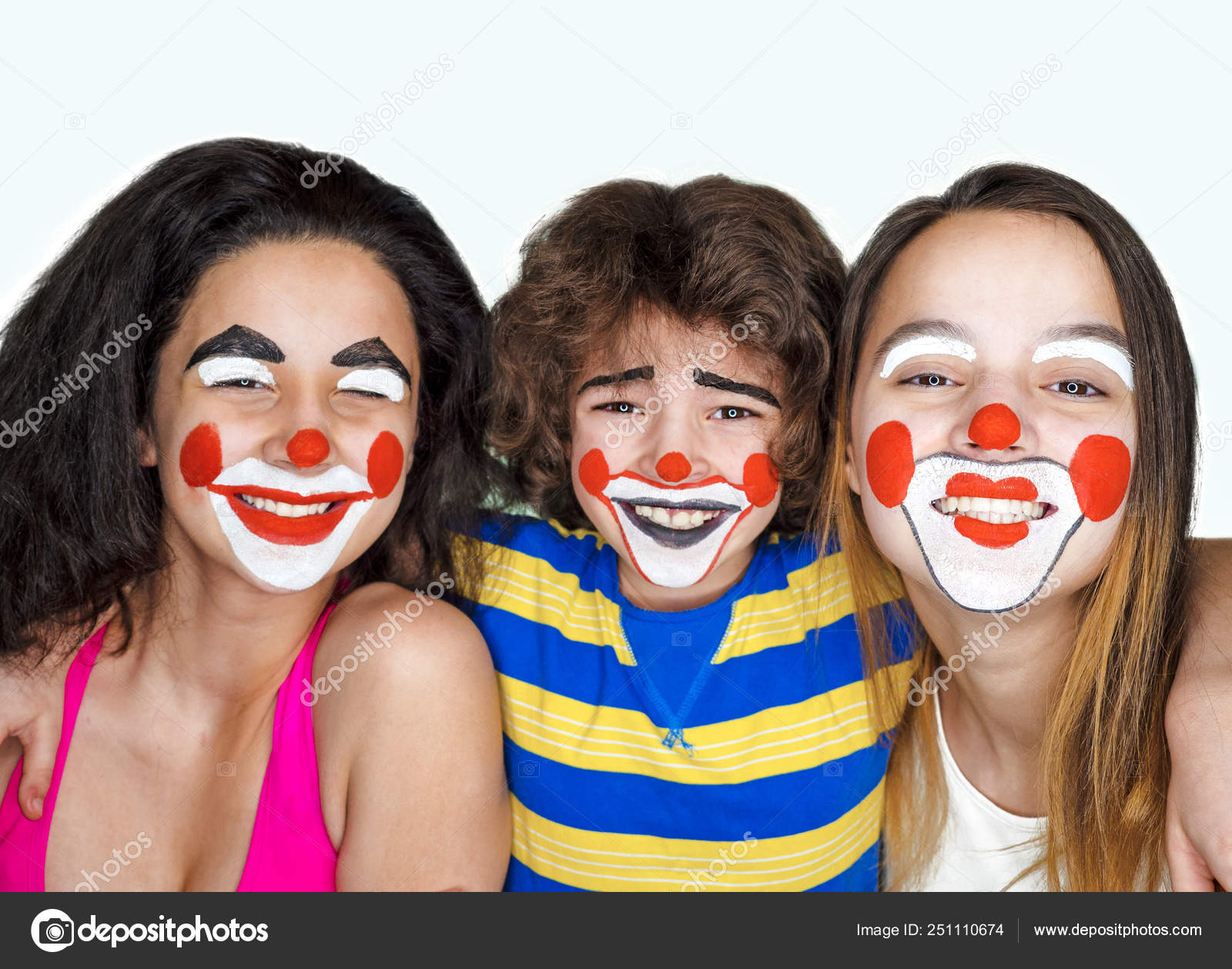Some Known Details About All Occasion Performers
Some Known Details About All Occasion Performers
Blog Article
Not known Details About All Occasion Performers
Table of Contents7 Easy Facts About All Occasion Performers ShownThe 7-Second Trick For All Occasion PerformersOur All Occasion Performers IdeasThings about All Occasion PerformersAll Occasion Performers - An Overview
He specialized in pigs and burros, which he educated and offered to other clowns. He additionally offered an act with an experienced rhinoceros and is the only person in circus background to present a tightrope walking elephant.He was likewise a philanthropist that provided kindly to numerous charities and he erected the very first monument to soldiers killed during the Civil Battle - Corporate events near me. Origins of the Auguste characterThere is a widely told legend regarding the beginnings of the Auguste clown. According to the tale, an American acrobat named Tom Belling was executing with a circus in Germany in 1869
The manager unexpectedly entered the space. Belling removed running, winding up in the circus field where he dropped over the ringcurb. In his shame and haste to run away, he tipped over the ringcurb again on his method out. The target market screamed, "auguste!" which is German for fool. The supervisor regulated that Belling proceed looking like the Auguste.
The 3-Minute Rule for All Occasion Performers
For one thing, the word Auguste did not exist in the German language up until after the personality became preferred. Among the concepts of the actual origin is that Belling copied the character from the R'izhii (Red Haired) clowns he saw when he explored Russia with a circus (https://www.pubpub.org/user/todd-burton). Personalities like the auguste certainly existed previously

The dancing later on became referred to as tap dancing. It needs to be noted that there are alternate 'origins' for the vagrant character"among which was the taking a trip "hoe children," or itinerant farm employees, that rode the rails from one community to one more, cleaning the soot away from their eyes & mouth.
All Occasion Performers Things To Know Before You Get This
Keep in mind that the scare wig, overstated lips and eyes, oversized clothes and props of the American clown, props such a club soda, stuffed clubs, blowing up cigars, and whistles filled up with residue, are not Grimaldi's. They belong to Tambo and Bones. The English blackface comedian Charles Mathews came to America in 1822 to execute and studied black life and customs.
In such plays there is a combination of characters consisting of "kings" and "saints", cross-dressing, and blackface functions; the faces of Morris (or "Moorish") dancers were also smudged. A lot of were performed by inadequate men in the starving time after Christmas.
If denied, they would rake the offender's backyard. The Derby Play of the Tup was carried out for food and beer by jobless young people. This usage of blackface for political activity disguised as entertainment persisted in America when the offspring of these men smudged their faces to protest taxes. One such protest has actually gone into American history as the Boston Tea Ceremony.
The Greatest Guide To All Occasion Performers

While not the lush affairs we think about today, some early, rougher forms of taking a trip circus were preferred in America from Revolutionary times-- George Washington was a follower. Blackface clowns done in them from at the very least the 1810s and perhaps before; they were a staple by the 1820s. The vast red or white mouth repainted on by contemporary clowns is a residue of the blackface mask.
In numerous aspects minstrelsy was born when these performers this content moved their acts from the outdoor tents to the phase of American variety theaters. Absolutely there was a strong component of clowning in minstrelsy. The blackface mask was a clown's disguise, exaggerating the facial attributes right into a cartoon, a caricature. The blackface clown may be the precursor of today's anodyne circus clown, however otherwise the 2 are as contrary as blackface and whiteface.
All Occasion Performers - Questions
Who in nineteenth-century America was more of an Apart from the Negro? What better mask than blackface? In lots of practices the clown would reveal some physical defect, like a hunchback, dwarfism-- or like Jim Crow, lameness - Party clown. And since he was various, an Others, the clown was enabled to state and do points no person else could.
Satire and parody were central to minstrelsy. It's fascinating that in the West African cultures where most servants came, the poet-singer griot served the exact same satirical jester feature when the occasion occurred. That may have something to do with the curious (to us, looking back) convenience with which Southern Blacks accepted not just the music but also the undermining wit of minstrelsy.

Emmett Kelly was the best understood vagrant clown with his personality "Tired Willie."Tramp clowns are competent: + jugglers + magicians + pianists + chalk talk artist + bicyclists. There more than happy tramps and mad tramps. There appears to be a variety of vagrant clowns - https://hub.docker.com/u/all0ccperf0rm. The most standard aspect of tramp clowns is that nothing is standard except the white mouth, which was obtained from minstrel blackface cosmetics.
Report this page